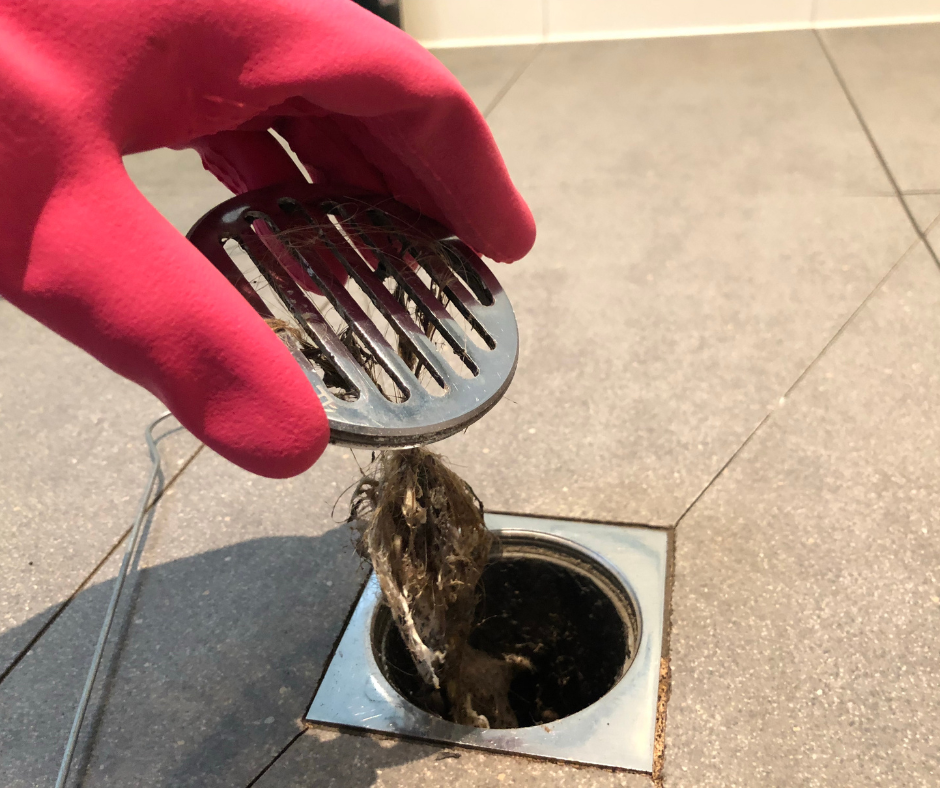Proudly Serving the Phoenix Metro Area
How to Save Water in Arizona Landscape

Find a Sustainable Solution
In Arizona’s arid climate, conserving water is not just a matter of environmental responsibility—it’s also essential for maintaining a sustainable and beautiful landscape. Plumbing Masters in Phoenix offers valuable insights on how to save water in your Arizona landscape without sacrificing its beauty or health. Implementing these strategies can significantly reduce your water usage while keeping your yard thriving.
Choose Native Plants
Opting for native Arizona plants is one of the most effective ways to conserve water. These plants are adapted to the local climate and require far less water than non-native species. Consider adding drought-tolerant plants like succulents, agave, or native grasses, which thrive with minimal irrigation.
Utilize Drip Irrigation
Drip irrigation systems deliver water directly to the base of your plants, reducing evaporation and runoff. This method is far more efficient than traditional sprinkler systems, ensuring that water goes exactly where it’s needed and conserving a significant amount of water in the process.
Incorporate Mulch
Applying a layer of mulch around your plants can dramatically reduce water evaporation from the soil. Mulch also helps to control weeds that compete with your plants for water. Organic mulches, such as wood chips or straw, add the bonus of enriching the soil as they decompose.
Water at the Right Time
Watering your landscape in the early morning or late evening minimizes water loss due to evaporation. Avoid watering during the hottest part of the day when the sun can quickly evaporate much of the water before it has a chance to penetrate the soil.
Install a Rainwater Harvesting System
Collecting rainwater to use for irrigation is an excellent way to make the most of Arizona’s rainy season. Installing rain barrels or a more complex rainwater harvesting system can provide you with a significant amount of water for your landscape needs.
Practice Smart Lawn Care
If you have a lawn, consider reducing its size or replacing it with drought-tolerant ground cover to decrease water usage. For existing lawns, water deeply but less frequently to encourage deep root growth, which is more drought-resistant.
Perform Regular Irrigation System Checks
Regularly inspect your irrigation system for leaks, broken lines, or misaligned sprinkler heads. Even a small leak can waste a significant amount of water over time, and improperly aimed sprinklers can water unnecessary areas like sidewalks or driveways.
Educate Yourself on Watering Needs
Understanding the specific watering needs of your plants can prevent overwatering. Many plants require less water than you might think, especially native species. Consulting with a local gardening center or extension service can provide valuable guidance on water requirements.
Conserve Water with Plumbing Masters
At Plumbing Masters in Phoenix, we specialize in optimizing outdoor plumbing systems for maximum water conservation and efficiency. Don’t let water waste diminish the beauty of your Arizona landscape or inflate your water bill. Contact us for professional outdoor plumbing services and join the movement towards a greener, more water-wise outdoor space. Together, we can achieve a stunning landscape that thrives on minimal water use.







